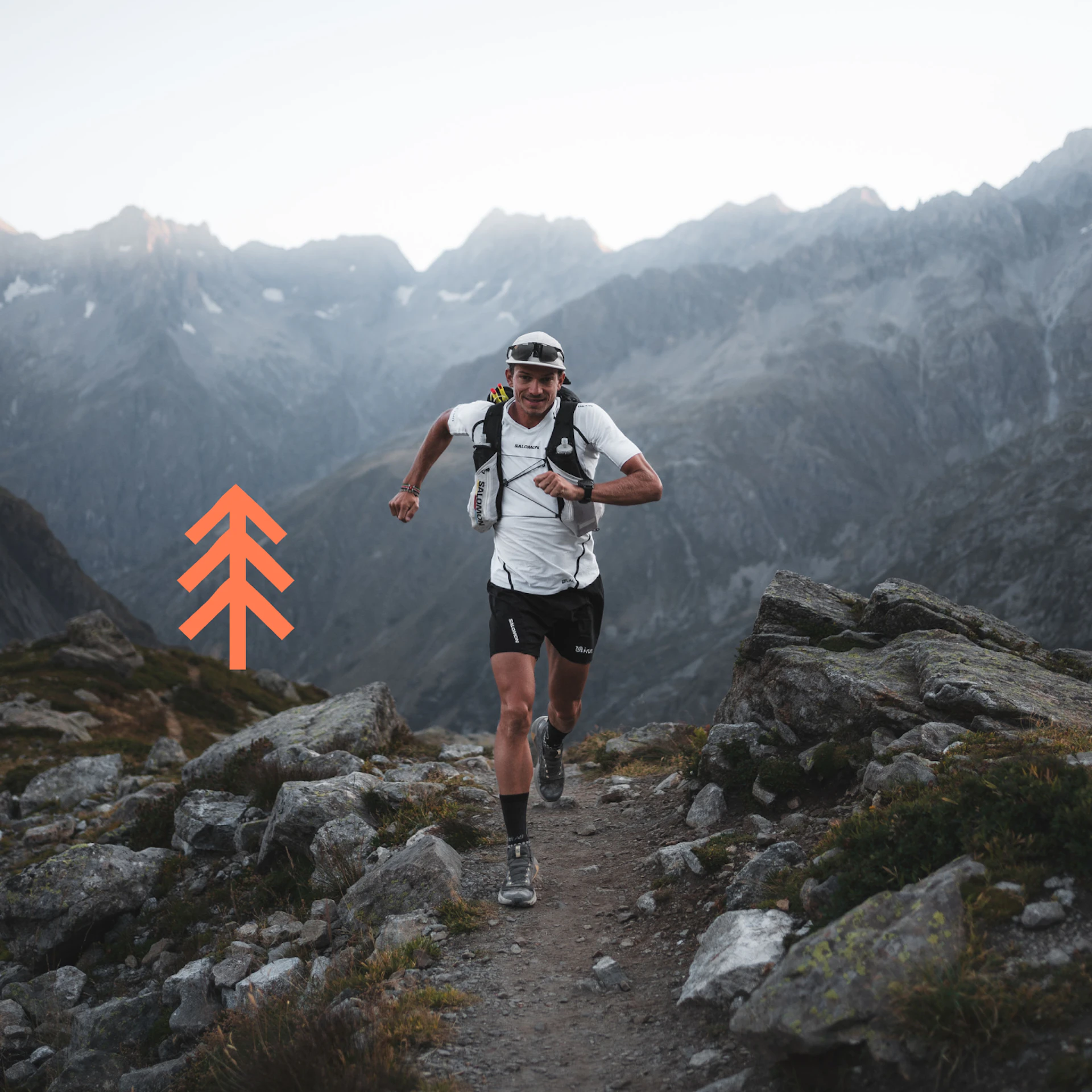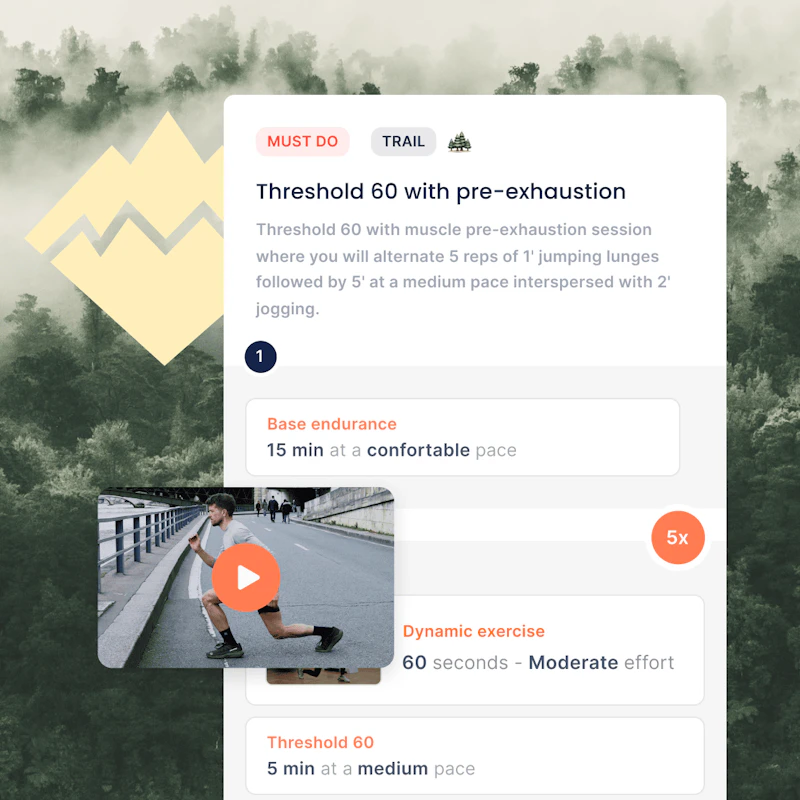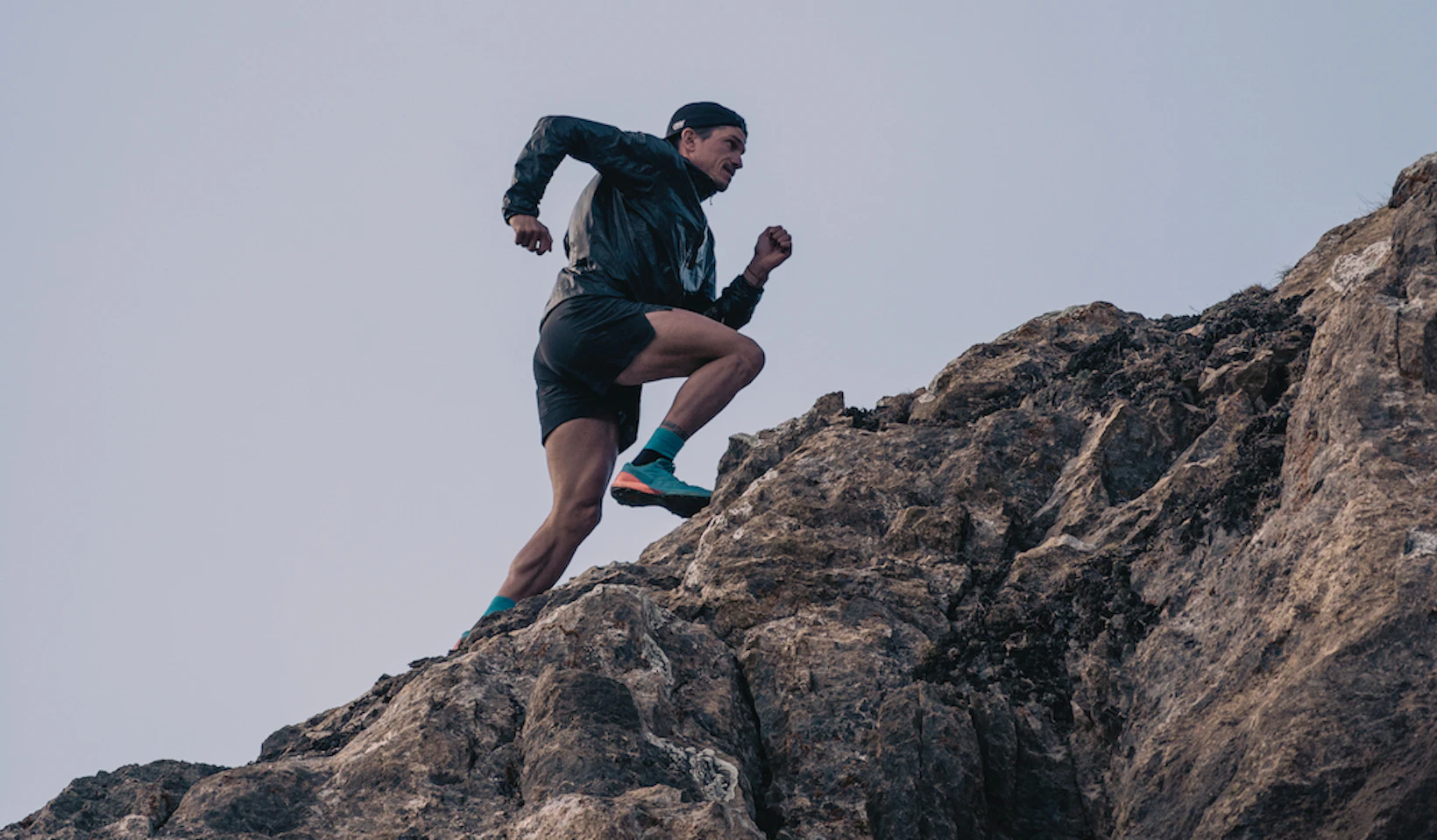Training plans / [...]Trail / The Campus Trail
Premium
The Campus Trail
Trail & Popular - 5 to 300 km - From 10 weeks to 12 months
Preparing a trail run isn't just about running a long time on trails. A precise trail training plan, developed by your coach Mathieu Blanchard, and 100% tailored to your profile, that's what we offer you. From 5 km to the ultra trail, we're with you on this adventure!


Enjoy a true trail experience thanks to your coach, Mathieu Blanchard
Your trail Campus plan includes all the specifics of the discipline, particularly:
Integration of elevation gain into the training
Pacing based on perceived effort rather than speed
The goal time is a time range

Your plan adapts to you
Your trail plan is personalized and adapts over time :
Considering your environment to offer you tailored hill workouts
Your preparation is created based on the estimated effort duration for you
Accurate definition of your level thanks to the consideration of past race results and their conditions (technicality, weather, altitude...)
Your coach's note, Mathieu Blanchard

Add muscle strengthening
Add personalized strength & conditioning sessions to your trail prep to boost your performance and reduce the risk of injury!
Your strength & conditioning sessions are integrated into your training
You choose your number of sessions and their duration
More than 240 video exercises

Train even while living in a flat area
Don't have any elevation changes near you?
We use strength & conditioning to simulate the fatigue generated by elevation changes!
If you don't have any incline nearby, your Quality Sessions include strength & conditioning exercises to perform just before the intensity intervals
This allows you to generate a pre-exhaustion before tackling the intensities
This way, you simulate the fatigue you would have with elevation changes, which improves your muscle strength!
And much more
A training diary to track your progress
Advice from our experts: physiotherapy, nutrition, mental preparation…
A friendly community of passionate runners
FAQ
Frequently asked questions
How do you tackle trails with elevation changes?
How do you tackle trails with elevation changes?
An trail with a level level does not approach the same way as an trail says “roller”. Indeed, Levels positive — in other words, when cka-perseus-a ascends — submits our body to an concentric (muscles become shortened). Besides, you will certainly agree that running in co-op is harder than running on a flat surface, not true? This is explained in the following way:
our oxygen consumption and heart rate are increasing;
muscles such as glutes, calves, and quadriceps are more solicited;
it was shown that running on a rough slope about 250 calories more than in running flat foot.
To approach the elevation gain cleverly, we advise you to opt for the fast walk, with or without walking poles, to save your energy.
As for level — i. e., when it descended — the effort being eccentric (muscles stretch), It is important to keep your muscles from going downhill in order to avoid going through the day. Eh yes, we often underestimate them, but descents are far more “traumatic” than ascents!
Which trail to choose?
Which trail to choose?
There are different writing selections to choose the trail that suits you.
The distance: if you come to us from road racing and are speed lover, it's likely that a trail short (0 to 44 km-effort) is more suited to your expectations. And if you start in the discipline, this format is ideal to find your feet. You're a seasoned trail runner and feel like you've done the short trails thing? You can try out theultra-trail.
Elevation gain: you are not comfortable on both sides and downstairs? We are there to have fun, so avoid the mountainous trails. There are many other treadmill races. If, on the other hand, you love climbing, descending and gamboling along technical trails, the trails with elevation changes are made for you.
Your geographic situation: it is sometimes logistically complicated to move to the other side of the country to complete a race. We recommend that you take advantage of any events you may have in your area. And for those that are located further? Plan your holidays nearby! 😉
Your desires: does a mythical trail catch your eye? Have you heard about a race you got into alignment with? Take stock of your desires to draw up your annual races calendar.
What is the kilometre of effort?
What is the kilometre of effort?
The kilometer-effort, also known as km-effort, is a measurement unit that takes into account the level of the course of trail on which you are running. This involves adding the distance in kilometers, with the positive altitude difference divided by 100.
The calculation formula for the effort kilometer is as follows:
➡️ km-effort = race distance in kilometers + (elevation gain in meters/100)
For example, a 100-kilometer race with 5 000 meters of ascent equates to 100 + 50 = 150 km-effort. Or an trail of 20 kilometers and 1 000 meters of positive level equal to 20 + 10 = 30 km-effort.
How do I calculate the level?
How do I calculate the level?
To calculate the cumulative positive altitude difference of a trail: you must add all the positive altitude differences covered during a race. For example: 600 meters of positive level can be performed, then 100 meters of negative level, up 1 000 meters of positive level, then down 300 meters of negative levels to arrival. If we take the positive levels of our example, it will: 600 + 1000 = 1 600 meters of positive levels.
To calculate the negative altitude difference of a trail: you must add all the negative altitude differences covered during a race. In the example above, this is added to the list : 100 + 300 = 400 meters of negative level.
Or is the ham Trail?
Or is the ham Trail?
Here is an emblematic name that will delight gourmets! The Trail du Jambon takes place in the village of Membre-sur-Semois, annexed to the commune of Vresse-sur-Semois located in Wallonia, in the province of Namur (Belgium).
Can we run with trail shoes on the road?
Can we run with trail shoes on the road?
If it is possible to run with trail shoes on the road, it must be done punctually. The trail shoes are indeed concise to meet specific terrain : technical, slippers, rocks, etc.. However, asphalt being particularly rigid and devoid of any roughness, it is likely that the grip of the trail shoes cleats does not work optimally on this type of surface. This can actually prematurely wear out the cleats on your shoes.
All in all, when it comes to a weak stretch of road to take on a trail outing or race, trail shoes do the trick just fine. However, we don't recommend asphalt training in trail shoes. Shoes designed for road running are much better suited to asphalt: in particular, they provide dynamism, cushioning and support for the feet.
What is the average speed of a beginner trail runner?
What is the average speed of a beginner trail runner?
It's extremely complicated to define precisely the average speed at which a beginner trail evolves. It must be said that running speed of a runner depends on many factors:
their athletic background,
their current athletic level,
the difficulty of the terrain (technical nature, altitude difference, and so on),
(the) runner's personal goal,
the training load achieved by the athlete and the time the athlete has been able to allocate to preparation,
and so on.
Finally, if we could give you just one piece of advice to follow, it would be to not compare yourself to others. It may sound like a long shot, but we all come from different backgrounds, have different predispositions and progress at our own pace... So forgive yourself and focus on your own progress rather than that of others. 🙏🏽
How to improve your trail running?
How to improve your trail running?
To progress in trail, it is vital to well define your goals and adopt a structured, regular, and above all progressive training plan. This includes trail running specific sessions, such as uphill and downhill workouts, on technical terrain, as well as interval training (notably to accustom your heart rate to go up and down, as can happen when transitioning from flat to steep climbs).
We also recommend focusing on muscle strengthening (which is convenient since we offer trail specific exercises 👊).
Finally, don't skimp on progression-related aspects such as recovery (sleep, stretching, self-massage, etc.) and nutrition. Regarding that, check out the runner's nutrition section on our blog.
Is it a good idea to eat cheese before a trail race?
Is it a good idea to eat cheese before a trail race?
While trail races are renowned for their conviviality, especially for the richly endowed fueling stations (which are hard to resist), this discipline remains a sport. Thus, if you are accustomed to consuming cheese as a breakfast or before running, feel free to continue this tradition. On the contrary, if tasting a piece of cheese before you lace up your trail shoes is not part of your ritual, we advise you against trying new experiences before your race. You've certainly heard the golden rule of never testing new equipment or a food you're not accustomed to during your race (and the days leading up to it), haven't you? Well it's not an urban legend!
How do I train for a trail?
How do I train for a trail?
A trail running race can take place on various terrains, therefore it is appropriate to identify during your prep the specificities of the course you are about to run to adapt your training plan accordingly. For example, if your trail features altitude differences, if it’s particularly technical and difficult to run on, or if most of the course takes place in sand, it is essential to get used to running on similar terrain types to prepare to achieve your sports goal under the best conditions.
How do you prepare for a trail without elevation changes?
How do you prepare for a trail without elevation changes?
Campus utilizes an innovative training method to address this problem: the "pre-exhaustion". It's a training method that involves using strength & conditioning to fatigue the muscles before performing interval training phases. With a Campus trail training plan, you can effectively prepare your race even without elevation changes near your home!
How can I train for a trail in the city?
How can I train for a trail in the city?
How to adapt your trail plan on Campus:
If you don't have a long enough uphill nearby, your quality workouts will include strength & conditioning exercises to do just before uphill intervals.
This will allow you to generate pre-exhaustion before you engage in intensities
This way, you improve your muscular resistance to tiredness!


